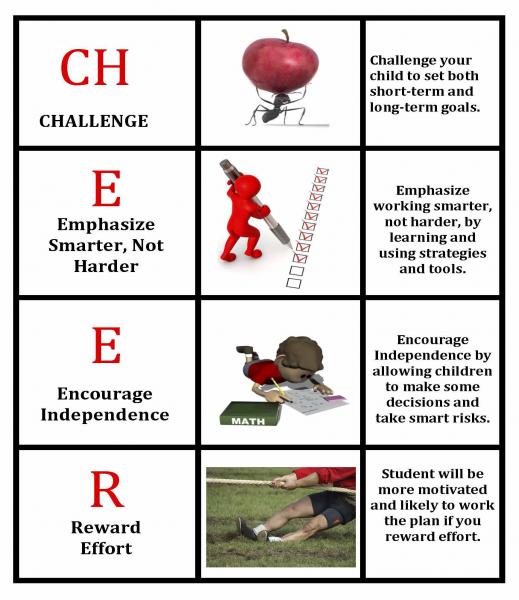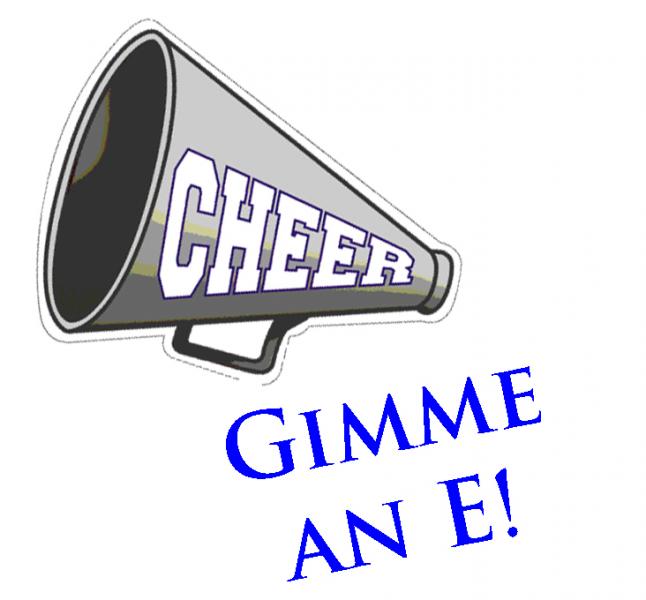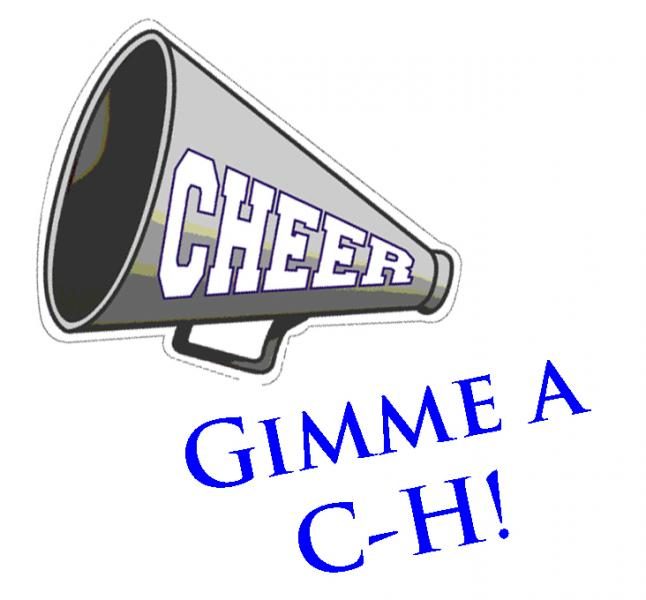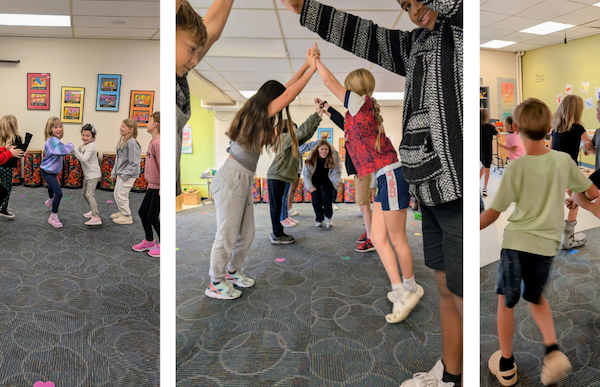
How Has Your School Year Started? Make This CHEER Part of Your Plan for Success!
October 14, 2014
E – Emphasize Working Smarter, Not Harder
October 21, 2014
Being your child’s strongest advocate and biggest cheerleader is simply what you are, right? You know her strengths, challenges, likes and dislikes, and temperament. It just stands to reason that you would naturally be a part of the team supporting academic and social-emotional growth.
In our last blog we discussed “CHEER” as a way to support executive function success throughout the school year. Need an executive function refresher?
Our executive functioning is responsible for any goal-directed behavior. It includes planning, organizing, prioritizing, self-regulation, juggling information in active working memory, and flexible thinking/shifting. Do you see any areas that may present a challenge for your child?
Today we will “focus” on the first step in the process, goal setting.
CH—CHallenge your child to set both short-term and long-term goals.
At Springer we use a three-part process to create and accomplish effective goals. First coined by Howard Gardner, Multiple-Intelligences Theorist, HILL, SKILL, WILL is used to support regulation of goal-directed behavior. Using the visual seen here, students think about what they need to accomplish (What is the hill in front of them?). They are led to think about what skill will be necessary to accomplish that goal. At that point students are also asked to reflect on what are the “roadblocks” that might get in the way of reaching the goal. Finally, WILL is discussed. When a roadblock appears, what are some strategies or behaviors that will support perseverance and resilience in the face of adversity? If students identify what gets in the way (roadblocks), and decide beforehand what they are empowered to do to get back on track, they are more likely to access those supports should the roadblock appear.


While this is a process, and it takes time to teach the HILL, SKILL, WILL concept and language, it brings to light for children a structure for accomplishing goals.
Have fun with this. Use examples from your child’s past experiences, or from a story he enjoys watching or listening to. In our Primary department, two young women who hiked the Appalachian Trail brought in their hiking and navigation gear and took the students through the HILL, SKILL, WILL concept using their experience. It was a remarkable hit.
If you try this with your child, please feel free to share your experience! I would love to hear how you presented it, how it was received, and eventually, how it was used to support the goal setting, planning and prioritizing process.
Blogger Barbara Hunter, MEd, shares her expertise in the use of technology to support learning. If you have questions, please contact Barbara at .



